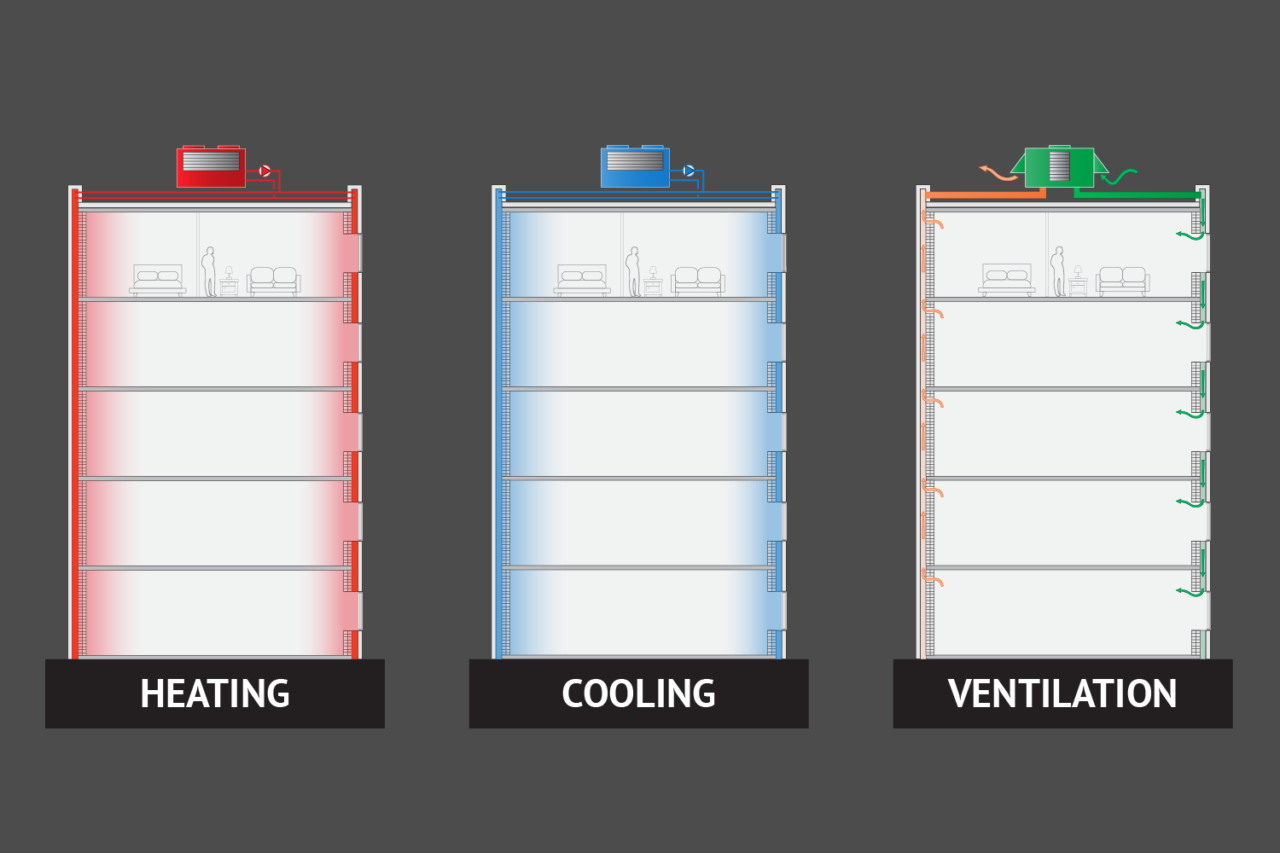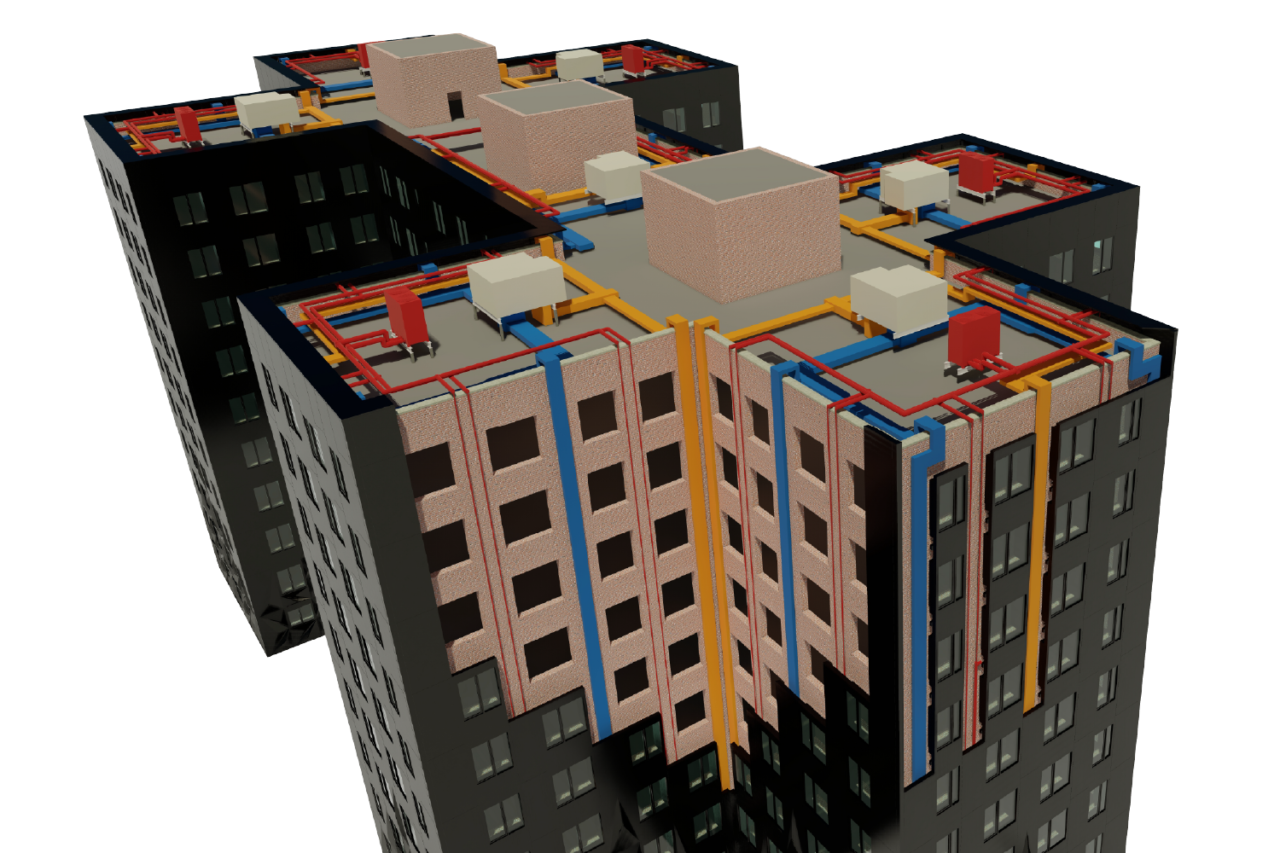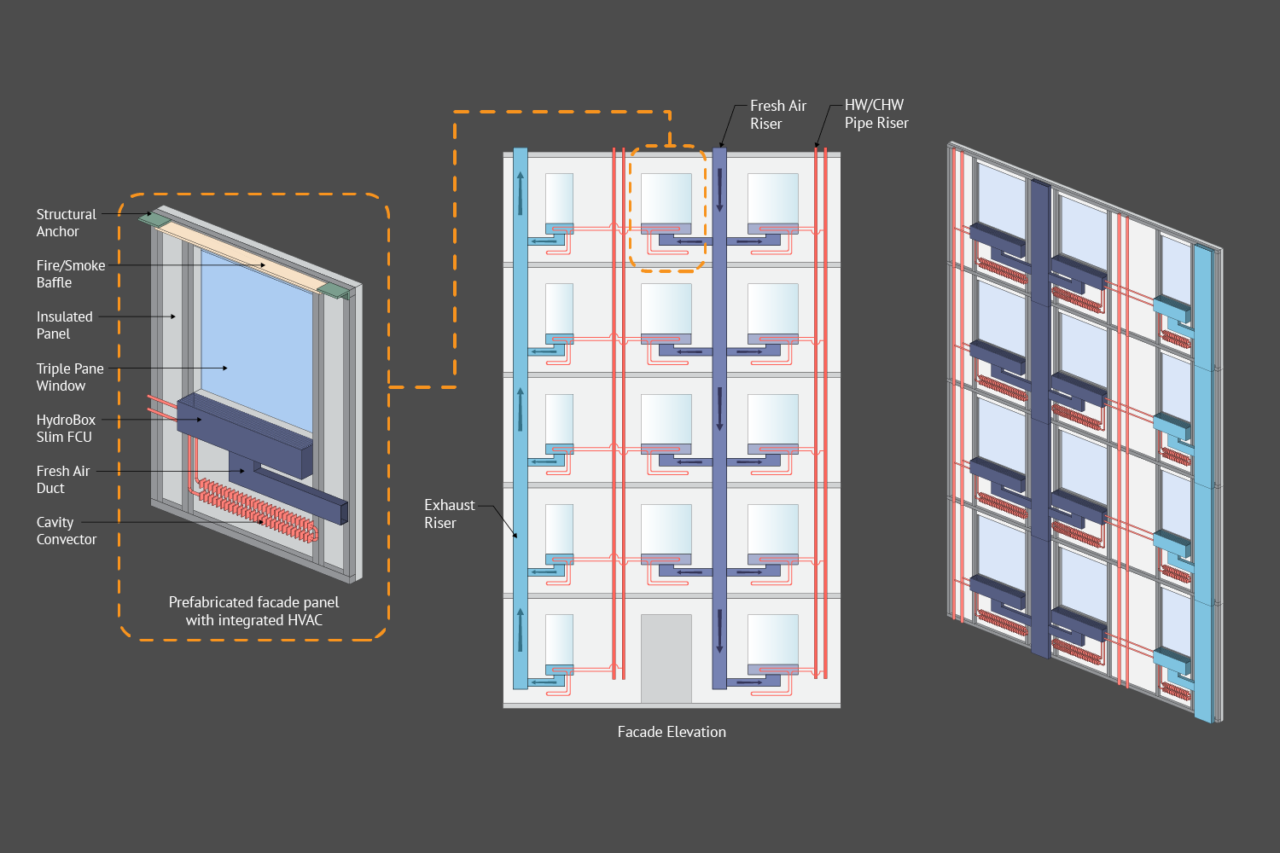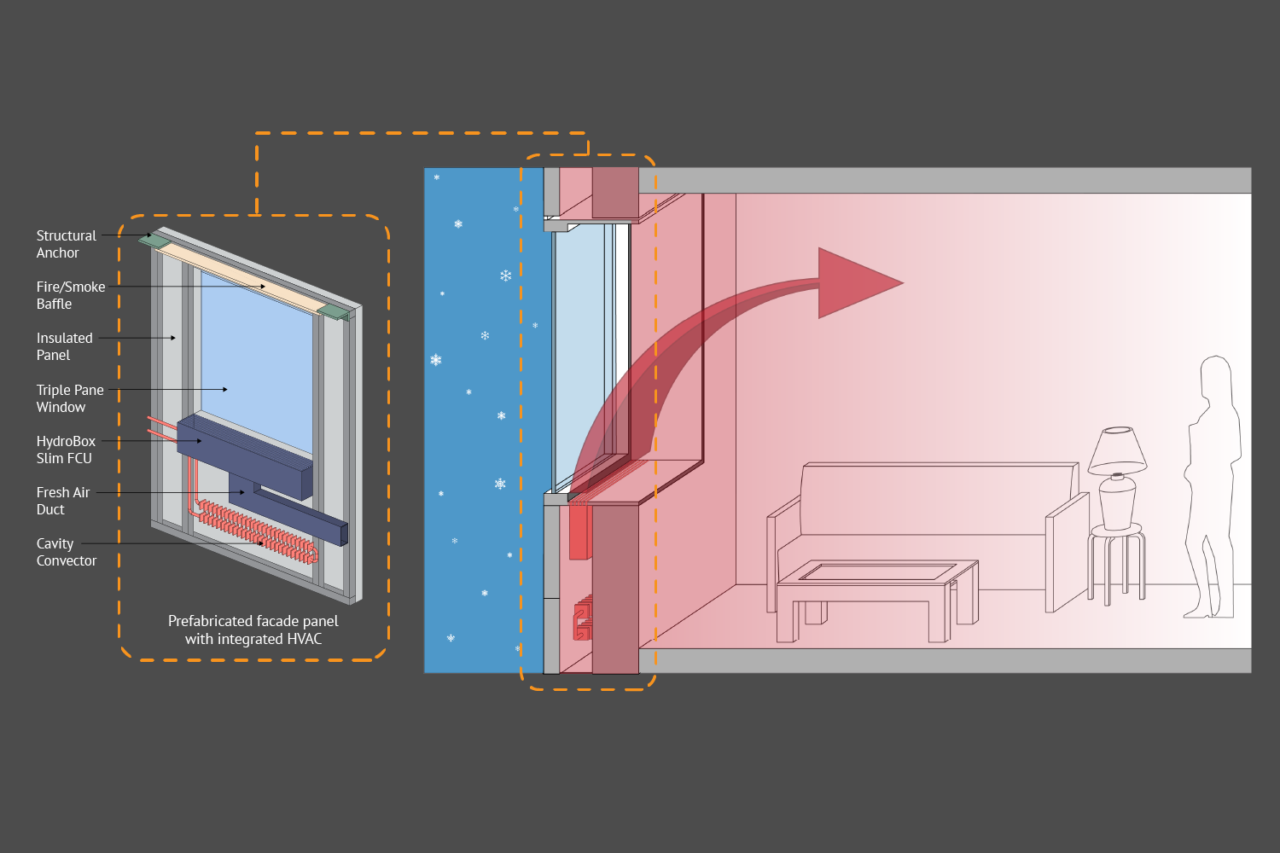by: AIA New York
New York City-based mechanical engineer David J. Goldstein, PE, is CEO of Hydronic Shell Technologies (HST), an Allied Professional Member of AIANY, and Co-Chair of the AIANY Building Science Committee, which aims to create a multi-disciplinary sharing and learning platform for the building industry, academia, and the public to advance the understanding of the physical behavior of the building as a system. Goldstein has 15 years of experience designing HVAC systems in residential and commercial buildings, as well as conducting whole-building energy analysis and sustainability consulting. He is a licensed Professional Engineer in New York State as well as a LEED AP and WELL AP. Goldstein founded HST in 2020 with the mission of transforming existing buildings for a net-zero future. The company offers a new category of HVAC system that is integrated within prefabricated and modular overclad façade panels. Goldstein works to deliver deep energy retrofits that are both cost-effective and non-invasive, while creating a healthier and more comfortable indoor environment that is more resilient to extreme weather events.
Q: What is influencing your work the most right now?
I see our industry rapidly evolving in the way we design and construct buildings, as well as society’s expectations in terms of sustainability, occupant well-being, and affordability. Technology and innovation are driving this progress in many parts of our industry, but as an HVAC engineer reflecting on my own discipline, I don’t see enough progress in new HVAC technologies to keep pace with this change. Adapting technologies that were developed decades ago and making incremental improvements won’t be enough to meet our current challenges, and that’s why I’ve shifted my focus towards the development of new HVAC technologies that respond directly to the needs of our industry’s current transformation.
Q: What has been particularly challenging in your recent work?
The main challenge has been that while our industry is in urgent need of new innovations and experimentation, we are generally risk averse and prefer to rely on proven technologies with long track records of success. This is understandable, given that construction projects are large and complex with a wide array of stakeholders and potential liabilities. That’s why our models for innovation must look very different from those developed for software or consumer products. We require much more capital for development over longer time horizons, and this doesn’t align with the quick growth and returns that most investors and corporations typically look for.
Q: How do you feel about the state of the industry right now?
While technology and innovation are rapidly changing our industry, I see another big shift from focusing primarily on new construction, to addressing the need for major retrofits to the majority of our existing building stock in the coming decades. Retrofitting an existing building to high-performance standards is much more difficult than constructing a new building to the same standards. This is especially true when the retrofit must be performed with occupants remaining in place during construction, which is how the majority of retrofits will need to be done. This is a relatively new challenge for our industry with few successful examples, and we haven’t quite figured out how to implement them in a way that’s cost-effective and scalable.
Q: What do you think are the biggest challenges, or opportunities, facing cities today?
I think that the biggest challenges and opportunities facing cities are one and the same. The challenge is to transform our built environment to reduce energy consumption and emissions, provide better occupant health and well-being, improve resilience to extreme weather events, and increase the availability of affordable housing. But these challenges present the opportunity to create a huge number of skilled jobs, to improve people’s lives, and to create a strong, resilient economy far into the future. This scale of transformation bears significant costs, but those costs can be great investments with attractive returns if done right.
Q: What are your greatest sources of inspiration?
My greatest sources of inspiration surround me every day as I walk, drive, or ride a train or ferry around the city. Everywhere I turn I see examples of the thousands of outdated multifamily buildings that were built in a different era and are in desperate need of rehabilitation and modernization. I know that we can successfully address this problem and I imagine what our city will look like and how people’s lives will be improved when we finally do. So every day I feel inspired to do my best to help develop the new solutions we need and that are well within our grasp, and for the design, construction, and real estate communities in New York to lead the world by showing how we can transform a modern city when we all work together.













